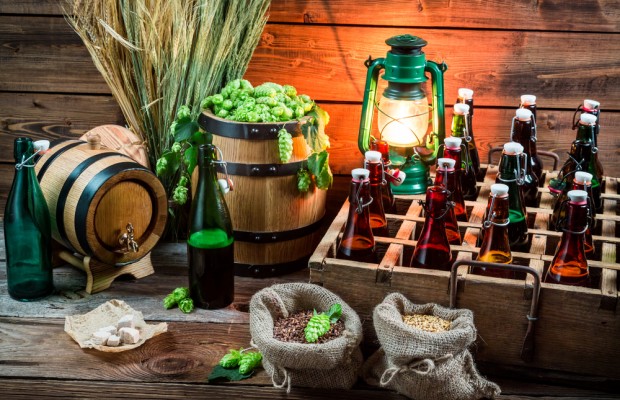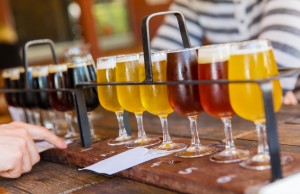Developing Your Own Homebrewing Recipes: The How’s and Why’s

If you’re new to homebrewing, chances are you’re starting your journey in the simplest way possible: from a kit. Homebrewing kits make it possible for anybody to become a beer master – with one caveat. Kits offer you a chance to brew basic homebrewing recipes, using just the most common ingredients and without allowing much opportunity to experiment.
Once you’ve mastered the basics, however, chances are you will want to expand your horizons. Trying out and creating your own homebrewing recipes is part of growing as a homebrewer, but it requires an open mind and the willingness to experiment and to make mistakes.
Here are some tips from the experts on how to create your own unique brew.
Don’t Be Afraid to Make Mistakes
To some degree, all homebrewing is experimentation, learning what works and doesn’t with your system, learning what you like and how ingredients behave alone and together, says Dave McLean, founder and brewer of Magnolia Brewing Co. San Francisco. “Understanding ingredients in an intimate way is something that never gets old and you can’t explore that too much,” McLean adds.
One easy way to do this? Start by finding an existing recipe or brew kit out there that you like but feel that you can improve, recommends Andrew Hale, a pharmacist and avid homebrewer from Arlington Heights, Ill. “Tweak individual ingredients first rather than the overall character of the beer,” Hale says. “Generally, that means changing the variety of hops you use to get different types of aroma and bitterness or altering the type of malt to change the body of the beer itself as well as the final amount of alcohol.”
Hale also recommends finding a simple recipe you like and experiment adding spices, chocolate nibs, oak chips, or other ingredients to make something truly your own.
Have Fun With Flavors
To deviate from the traditional lager or ale, Hale recommends experimenting by adding extra hops or different hop varieties. “Seek out hops that have a different level of bitterness or aroma,” Hale suggests. “Hops with different alpha acids or aromas add a new layer of complexity.”
You can also experiment with yeast strains. “For example, use a trappist or Hefeweizen yeast strain in a beer that is more mundane, like a German blonde, to impart banana or clove aromas and taste,” Hale says. “Lactobacillus bacteria is completely separate from yeast but adds sour notes.”
One thing to keep in mind: McLean says it’s a little harder to figure out quantities for less common ingredients simply because they are less common. “The key thing to remember is it is always easier to add more than take away,” McLean adds. “When trying something new, it’s best to start with smaller quantities and assess.”
Keep Track of Your Changes
While a simple piece of paper might be enough, Hale advises giving brewersfriend.com a try. “The website allows you to select a type of beer style that you are ultimately going for and presents you with parameters you should stay within to fit the style (ABV range, typical OG and final gravity, IBU range and even color),” Hale explains. “You can then tweak that recipe by changing malt grains, hop amount and variety, when precisely you add hops to the boil, boil time, etc.”
Even better, once you’ve entered all the information, the website gives you an accurate representation of what your final product should look like and if you’re being true to that style, Hale explains.



















